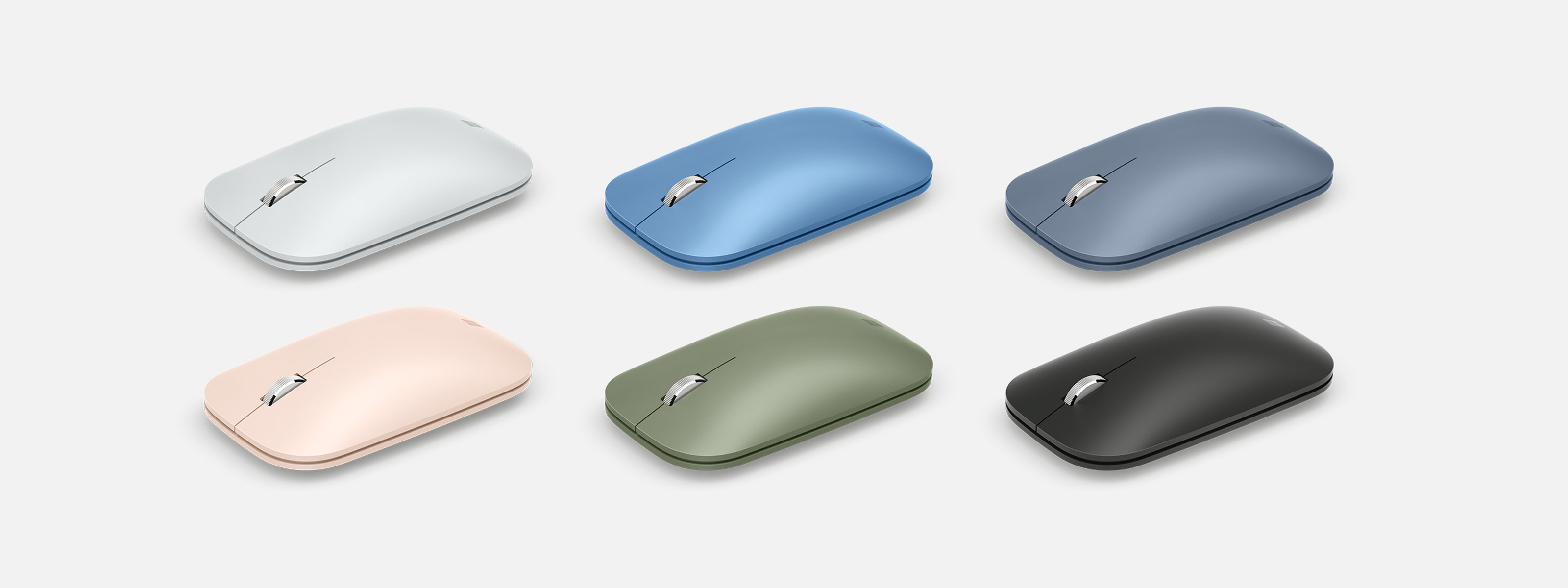In today’s tech-driven world, a smartphone is more than just a device—it’s an extension of our lives. From staying connected to managing work, capturing memories, and even running businesses, smartphones have become indispensable. But when it comes to buying one, the question looms large: should you go for a budget-friendly model or invest in a premium device? Let’s explore this debate, delving into the pros and cons, real-life examples, and whether the extra cost of a flagship is truly justified.
The Rise of Budget Smartphones
Gone are the days when budget smartphones meant basic functionality and subpar performance. Today’s affordable devices pack a punch, offering features that rival some high-end models. Priced between $200 and $500, these smartphones cater to the needs of the everyday user, whether they’re students, professionals, or small business owners.
Take the Google Pixel 7a, for instance. Known for its exceptional camera, this device delivers crisp, high-quality photos—perfect for Instagram enthusiasts or small business owners creating content for social media. Similarly, the Samsung Galaxy A54 boasts a stunning AMOLED display and robust battery life, making it ideal for professionals juggling video calls, emails, and streaming on the go. Then there’s Xiaomi’s Redmi Note 12 Pro, which features a 108MP camera and fast charging, offering incredible value for its price.
These phones prove that you don’t need to break the bank to get a reliable device that covers all the essentials. For most users, a budget smartphone offers everything they need to stay connected and productive without straining their wallet.
Why Premium Smartphones Still Shine
At the other end of the spectrum, premium smartphones are the epitome of cutting-edge technology and luxury. Priced upwards of $800, these devices promise top-tier performance, sleek designs, and innovative features that cater to power users, creative professionals, and those who demand the best from their gadgets.
Consider the iPhone 15 Pro Max. Its A17 Pro chipset delivers lightning-fast performance, making it a favorite for multitaskers, gamers, and video editors. The camera system, capable of capturing cinema-quality footage, is a game-changer for aspiring filmmakers or content creators. Similarly, the Samsung Galaxy S23 Ultra offers a 200MP camera, advanced multitasking capabilities, and stylus integration, making it a powerhouse for professionals who need precision and speed. Meanwhile, the Google Pixel 8 Pro stands out with its AI-driven features, like real-time transcription and personalized suggestions, enhancing productivity and creativity.
Premium smartphones aren’t just about functionality; they’re also about experience. The seamless performance, premium materials, and long-term software support make them reliable companions for anyone who relies heavily on their phone.
The Real-Life Dilemma
To understand the value of budget vs. premium smartphones, consider these stories:
- A Social Media Enthusiast’s Choice: Priya, a content creator, started her journey with the Google Pixel 7a, which offered her an affordable way to take high-quality photos and videos. As her career grew, she transitioned to the iPhone 15 Pro Max, leveraging its advanced video capabilities to produce professional-grade content. For her, the upgrade was worth every penny.
- A Business Professional’s Balance: Ramesh, a small business owner, opted for the Samsung Galaxy A54. It allowed him to manage orders, take photos for his website, and stay on top of emails, all while keeping costs low. He felt no need to invest in a flagship, as the device met all his needs.
- A Designer’s Leap: On the other hand, Anita, a graphic designer, upgraded to the Samsung Galaxy S23 Ultra for its stylus and multitasking features, which enhanced her workflow. The investment paid off as it helped her secure larger projects and streamline her work.
Which One Should You Choose?
The choice between a budget and premium smartphone comes down to your lifestyle, needs, and priorities. Here are some considerations to help you decide:
- Functionality: If your primary tasks include messaging, calling, and browsing, a budget smartphone is more than enough. However, if you require advanced features for photography, gaming, or professional work, a premium device might be worth the splurge.
- Longevity: Premium devices often come with longer software support and higher-quality materials, ensuring they last longer. If you prefer not to upgrade frequently, investing in a flagship may save money in the long run.
- Budget: Consider your financial situation. Budget smartphones are excellent for those who want solid performance without overspending, while premium devices cater to those who can afford to pay for cutting-edge technology.
Conclusion
Smartphones are more than gadgets; they’re essential tools that connect, entertain, and empower us. Budget smartphones have redefined what affordable devices can offer, catering to most users with their impressive performance and value. On the other hand, premium smartphones continue to set the bar high, delivering unmatched performance and features for those who need them.
Whether you’re a student, professional, or entrepreneur, the key is to choose a device that aligns with your needs and budget. Remember, the best smartphone is the one that serves you well—whether it’s a budget-friendly all-rounder or a premium powerhouse. After all, technology should work for you, not the other way around.
Author Profile
Latest entries
 Entreprenurs15 May 2025Borzo Report: India’s MSMEs Battle Headwinds Amid Inflation, Skills Gaps and Delivery Challenges
Entreprenurs15 May 2025Borzo Report: India’s MSMEs Battle Headwinds Amid Inflation, Skills Gaps and Delivery ChallengesFEATURED20 April 2025Russia: Soft drinks bottling up 9% YOY in 2M 2025 — Agriculture Ministry
FEATURED21 March 2025IMF Unveils New Global Standards for Macroeconomic Statistics with Release of BPM7
FEATURED18 March 2025Global Hazardous Waste Management Market Poised for Strong Growth at 6.60% CAGR by 2031















